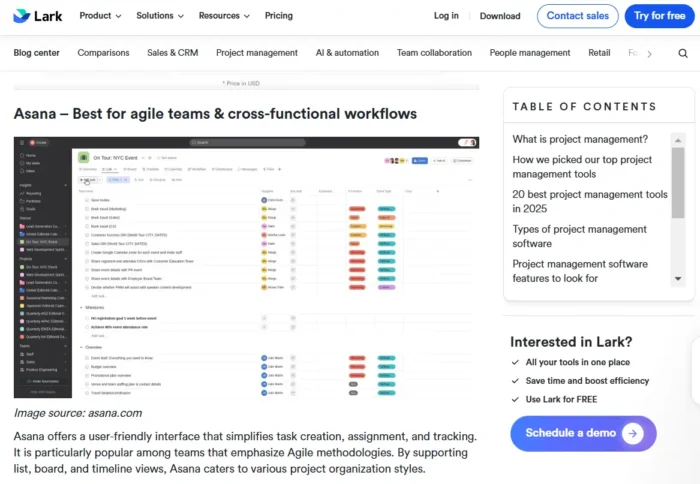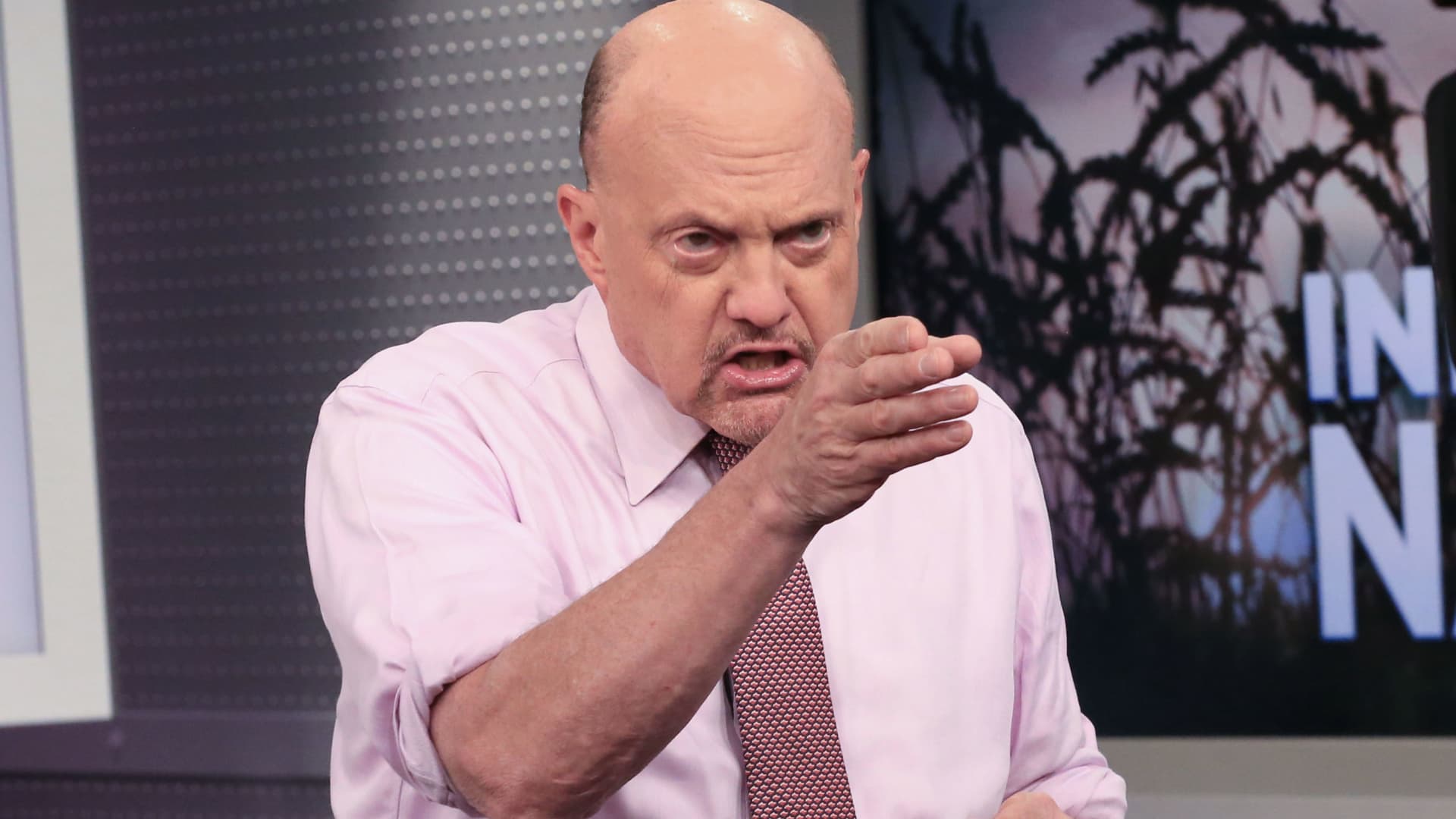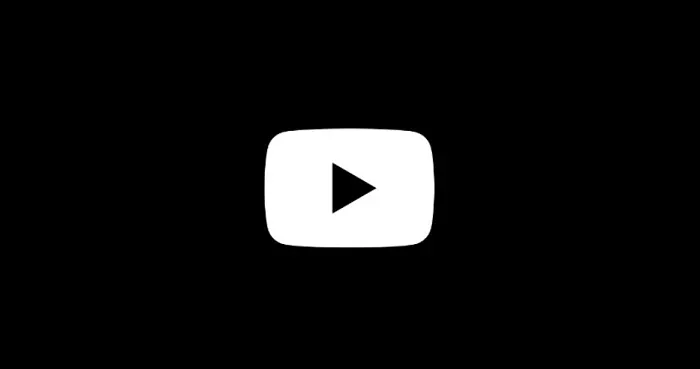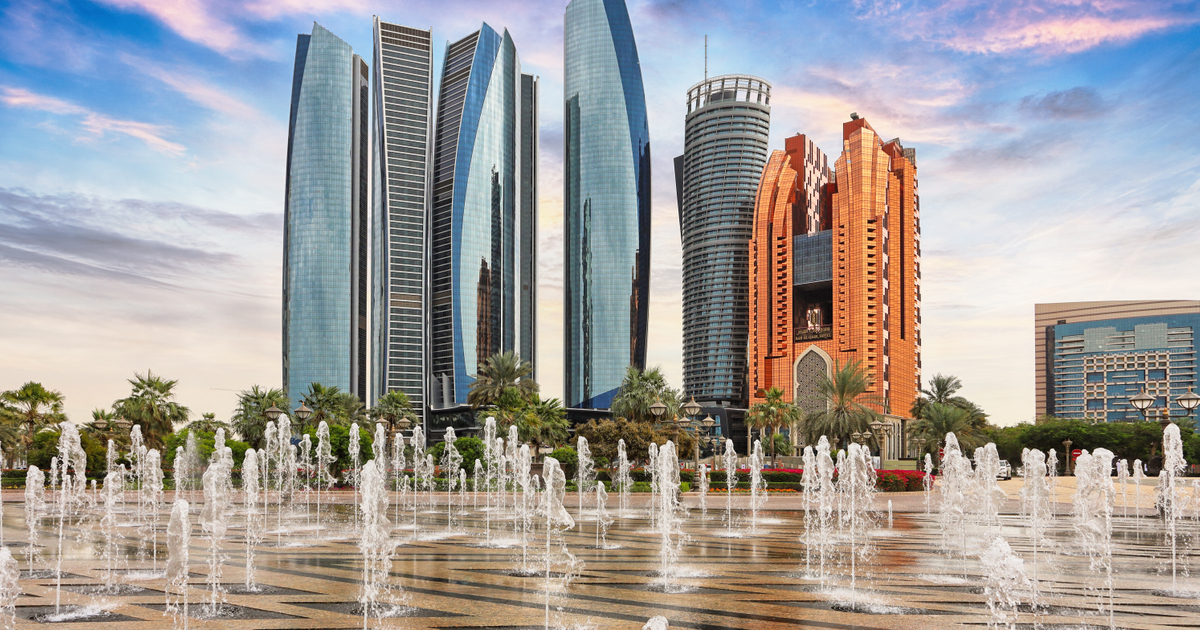Top accessible brands 2023
Google, Apple, Lego, Sony PlayStation and Barbie are among the top accessible brands Ad Age Amp leaders spotlight to commemorate Disability Pride Month.

Every year in July, the U.S. celebrates Disability Pride Month, celebrating the passing of the Americans with Disabilities Act (ADA) in 1990, which gave Americans legal protections from disability-based discrimination. Today, 33 years later, there is still much work to be done to ensure representation, access and inclusion for people with disabilities.
Part of that work can be helped by influential brands, putting their widespread audiences to use in furthering the collective goal of disability inclusion.
 Lauren Murphy, UM
Lauren Murphy, UM“Being disability-inclusive really begins with education and results in action,” said Lauren Murphy, VP and partner, integrated investment, at UM. She pointed out the common misconception that disabilities are always visible. Murphy noted that disabilities can range from, and are not limited to, developmental or intellectual disabilities. These might include autism spectrum disorder, cerebral palsy, Down syndrome and ADHD, as well as physical impairments including limb indifference, spina bifida, sensory impairments such as blindness and hearing loss, as well as anxiety, neurodevelopmental disorders and PTSD.
Individuals with disabilities are often overlooked within DE&I efforts, yet disabilities affect people of all ages, genders, races and sexual orientations, Murphy said. Brands showing up for the disability community during July—but without action the rest of the year—run the risk of appearing opportunistic. However, campaigns and action on the part of trusted companies can have a compound effect, creating real-world change that others can then adopt and build upon, she noted.
This month, we spoke to industry leaders from the Amp community to see which brands are doing their part for Disability Pride Month and beyond, plus what it means to be truly disability-inclusive in 2023.
The brands working to become more accessible
Advertisers in recent years have come a long way in disability inclusion, simply by featuring more models with disabilities in ads, and helping everyone be represented in the images that show up on our screens and billboards. But for Murphy, it’s the brands that have taken their commitment to inclusion further that deserve recognition, adapting their actual offerings and products.
She pointed to Sony’s accessible gaming controllers; Lancôme’s HAPTA, the world’s first handheld computerized lipstick tool for people with hand-motion impairment; and the new Lego Friends sets that include characters with disabilities like Down syndrome, anxiety, limb difference and vitiligo, as well as Tommy Hilfiger’s Tommy Adaptive line, which includes features like magnetic buttons and sensory-friendly fabrics.
[L]earned Media CEO Sam Zises also highlights Skims, Kim Kardashian’s line of shapewear, for a similar effort with its Adaptive Collection, launched in 2022.
![Sam Zises, [L]earned Media](https://s3-prod.adage.com/inline-images/Sam%20Zises%20Headshot_4.jpg) Sam Zises,
Sam Zises,[L]earned Media
“Designed in the classic Skims style, the pieces were made with additional functionality for those with limited mobility via features like hooks in the front of items,” Zises said. “While we haven’t seen a Disability Pride ad campaign from Skims yet, I wouldn’t be surprised if we do.”
Zises noted that the lesson we can all take away from this month is assessing whether our products and services are easily accessible to all types of people, and taking action to make that so, regardless of campaign or time of year.
Zises also commented that that consumers in recent years have become increasingly aware of brand authenticity when it comes to speaking out for awareness months, like LGBTQ+ Pride Month and Asian American and Native Hawaiian/Pacific Islander (AANHPI) Heritage Month.
“When we look at these other months, we see that it is most critical that brands don’t just say something to sell something, but rather do something to advance the cause further for the represented group,” he said.
For Jake Lenze, strategist at Wondersauce, Apple has consistently put in the work to make inclusivity a reality in its products and offerings.
 Jake Lenze,
Jake Lenze,Wondersauce
“Apple is an example of a brand that has shown a year-round commitment to disability-inclusivity,” Lenze said. “By continuously building products that prioritize the disability community and sharing the stories that those products enable, the brand has put inclusivity into action in a meaningful way.”
Lenze also applauds the work Google did this year, giving employees from its Disability Alliance resource group a platform to tell their stories.
“This work went beyond an advertisement or campaign and instead showcased the brand's commitment to fostering a disability-inclusive company culture,” he said. “Google also ensured that members of the disability community would be able to experience the content for themselves by offering a version of the video with and without audio description, as well as closed captions.”
Lenze noted that for a brand to be disability-inclusive in 2023, it must prioritize representation, accessibility and continued learning in everything they do during Disability Pride Month and throughout the year. In doing this, brands can ensure they're not just telling the stories of the disability community, but are also amplifying the voices of the community to continue to tell their own.
Other favorite campaigns and efforts for 2023 included Michelob Ultra’s work in enabling Cameron Black to become the first blind basketball commentator on TV through the development of accessible technology, as well as Mattel’s Barbie dolls with disabilities, which bolster representation and empower kids through play.
Being disability-inclusive in 2023
Being an ally to the disability community means going beyond featuring differently abled people in ads and imagery, but expanding the way product and experience design is conceived from its outset.
 Stewart Chow,
Stewart Chow,George P. Johnson
“For any creative brief, it is the experience design that directly addresses where opportunities to engage are created for abled and disabled people,” said Stewart Chow, director of digital marketing at George P. Johnson. “Designing for event objectives without understanding your audience first would be unthinkable.”
Johnson noted that factors like neurodiversity and learning styles must be considered from a human point of view. “When you see the ubiquitous adoption of prayer rooms, tactile learning, closed captioning and American Sign Language interpreters, we begin to normalize inclusivity for all,” he said.
For Candice James, creative strategist at Jack Morton, more effort is required to ensure the conversations being sparked turn to action and real impact.
 Candice James,
Candice James,Jack Morton
“Disability is becoming more and more a topic of conversation, and as such many brands have recently adopted new processes to implement accessibility and awareness within their companies,” she said. “Although these efforts are appreciated there is still a lot to do in order to achieve true accessibility and disability inclusion.”
James said that this means giving space to lived experiences, opening conversations and applying these learnings in all aspects of work, from space and experience design that goes beyond audio visual, to less biased and more open work processes allowing people with disabilities to feel included.
“We need to reformat the way companies and employees view disability and inclusion: not as a box to tick but a rich and innovative environment that can revolutionize experiences for all, especially if viewed within its intersectionality,” she said.
Web experience is one area that still requires more attention to move beyond what’s become our default setting for websites and apps.
 Hailey Johnson,
Hailey Johnson,ThreeSixtyEight
“Any brand that puts disability inclusiveness and accessibility first in its web design strategy is a winner in my book,” said Hailey Johnson, ThreeSixtyEight senior experience strategist, and who has been certified on web accessibility through the WAI0.1x: Introduction to Web Accessibility course. The course helps web designers and strategists understand the importance of accessible websites, and works to break stereotypes and expectations for what accessibility means in web and tech.
For Johnson, being disability-inclusive in 2023 means thinking beyond standard definitions of what it means to live with a disability.
“Good accessibility is compassionate, overlapping with inclusion and combatting the digital divide,” she said, noting that disability-inclusivity should help those with blindness, hearing impairment and limited motor capabilities, but also those with temporary disabilities like healing from an injury. It might even extend to those whose experiences may be limited by the environments and situations they find themselves in—for example, watching a video on a noisy train or in a library, scrolling a website in bright sunlight or viewing a website in a community with low bandwidth.
To sum it up simply: “Accessible experiences, places and brands help everyone,” she said.
UM’s Murphy offered up a few key tips to keep top of mind when thinking through ways to get your organization to a more disability-inclusive place. She suggested leading with a mindset of inclusivity, compassion and understanding, starting with employing people-first language—for example, referring to a person with Down syndrome instead of a “Downs person.”
It can also ensure that people are set up for success in the environments you’re creating, be it through closed captioning on video calls or wheelchair-accessible entrances, she noted.
“Day-to-day activities that are easy for most people require more work and effort for those with disabilities,” Murphy said. “This also extends to caretakers; sometimes it may be their child or their parent for whom they provide care.”
She noted that representation is critical in ensuring that decision-makers have a view into the needs of people with disabilities.
“Are you creating a culturally inclusive environment where individuals feel safe to advocate for themselves and others? Are you hiring staff at all levels with disabilities? Take action to ensure that you have real representation,” she said.
Ad Age is marking Disability Pride Month 2023 with our Honoring Creative Excellence package, in which members of the disability community revisit some of their favorite creative projects. (Read the introduction here.)

 Troov
Troov 
































